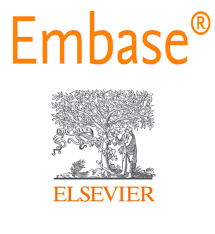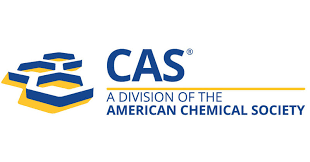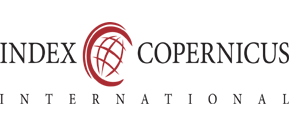A STUDY TO EVALUATE THE ASSOCIATION OF HYPERBILIRUBINEMIA IN PATIENTS WITH APPENDICULAR PERFORATION
Keywords:
Acute appendicitis, Appendicular perforation, Hyperbilirubinemia, Serum bilirubin, Predictive marker, Inflammation.Abstract
Background: Appendicular perforation is a serious complication of acute appendicitis, often associated with increased morbidity. Early identification of perforation is crucial for timely surgical intervention. Recent evidence suggests that hyperbilirubinemia may serve as a predictive marker for appendicular perforation. Objectives: To evaluate the association between serum total bilirubin levels and appendicular perforation in patients undergoing appendectomy. Methods: A prospective cross-sectional observational study was conducted at the Department of General Surgery, Gadag Institute of Medical Sciences, Karnataka, from June 2023 to November 2024. A total of 140 patients, aged 18–70 years, presenting with suspected acute appendicitis/perforation were enrolled. Clinical, biochemical, and radiological data were collected. Serum total bilirubin was measured on admission and re-evaluated on the 7th post-operative day. Final diagnosis was confirmed by histopathology. Data were analyzed using SPSS v21 with a significance level of p ≤ 0.05. Results: Out of 140 patients, 30 (21.4%) had histopathologicaly confirmed appendicular perforation. Hyperbilirubinemia was significantly more common in these patients (p < 0.05). A positive correlation was observed between serum total bilirubin and total leukocyte count (r = 0.325, p = 0.000) and SGOT levels (r = 0.180, p = 0.033). No significant correlation was noted between bilirubin and SGPT or ALP. Most patients (97.1%) presented with right iliac fossa pain, and 29.3% had symptoms lasting five days. Conclusion: Serum total bilirubin may be a useful adjunct marker in the early detection of appendicular perforation, particularly in resource-limited settings. While not diagnostic alone, hyperbilirubinemia in the absence of liver disease should raise clinical suspicion for perforation and prompt early surgical intervention.
.png)









